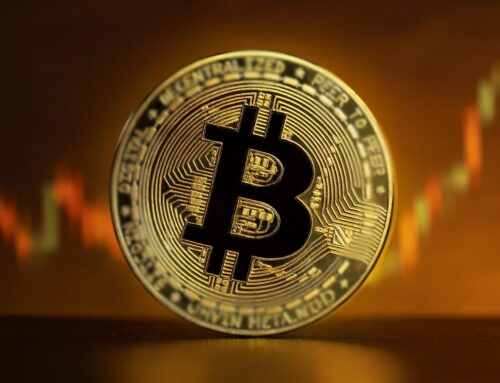Why the definition of ‘bearish’ may vary for long-term investors
October 12, 2025
A version of this post first appeared on TKer.co
If you follow business news, you’ll regularly see financial professionals, bank CEOs, and other pundits warn that the stock market is likely to fall in the near future.
Most of these calls predict a decline ranging from about 5% to 15%. More than a modest pullback but not quite the 20%+ decline of a bear market.
Are these calls “bearish”? It depends on who you ask. Most market watchers would say any prediction of decline is “bearish.”
Not me!
Expecting a drawdown that falls short of an outright bear market while prices are near record highs doesn’t meet my definition of being “bearish.” In fact, I would argue that expecting such declines in the near term is a critical part of a thoughtful, longer-term bull thesis because these moves happen all of the time.
As this classic chart from JPMorgan’s Guide to the Markets shows, the S&P 500 has experienced an average intra-year max drawdown (i.e., a decline from its high) of 14%. Notably, many big drops occurred in years when the stock market ultimately closed higher!
It is common for the S&P 500 to experience a big drawdown in the near term. (Source: JPMorgan Asset Management)
Being a bull doesn’t mean you think the stock market will only go up because the stock market will often fall on its way up.
If you’re an investor and you don’t expect bouts of volatility, you’re more likely to make an emotion-driven, money-losing mistake. It’s why you should always keep your stock market seat belts fastened.
Having said all that, here’s my attempt at some definitions from the perspective of a long-term investor:
-
bearish: expecting prices to trend lower with intermittent rallies, eventually falling by 20% or more from a recent high
-
bullish: expecting prices to trend higher with intermittent drawdowns, and eventually climbing by 20% or more from a recent low
In other contexts, such as short-term trading, “bearish” and “bullish” can take on different meanings. I’m writing for long-term investors.
Admittedly, 20% is an arbitrary figure. But it meets the classical definitions of bull and bear markets.
These definitions are a work in progress, and they’re far from complete. I welcome your feedback in the comments section below!
Unfortunately for long-term investors, a 14%-ish drawdown isn’t as bad as it gets.
While a longer investment time horizon improves your odds of generating a positive return, it also increases the likelihood you’ll experience a bear market along the way.
Using history as a guide, the guys on the Animal Spirits podcast illustrated this inconvenient truth in the chart below.
The longer your holding period, the greater the odds you will experience a bear market. (Source: Animal Spirits)
Anyone who’s been in the market in recent years can appreciate this risk. The S&P 500 fell:
-
20% from September to December 2018.
-
34% from February to March 2020.
Indeed, investing is an unpleasant process.
The good news is the market is much higher today, which means all of those ugly drawdowns proved to be great buying opportunities.
This is why I say I’m an optimist long term, but a cautious optimist short term.
Search
RECENT PRESS RELEASES
Related Post




